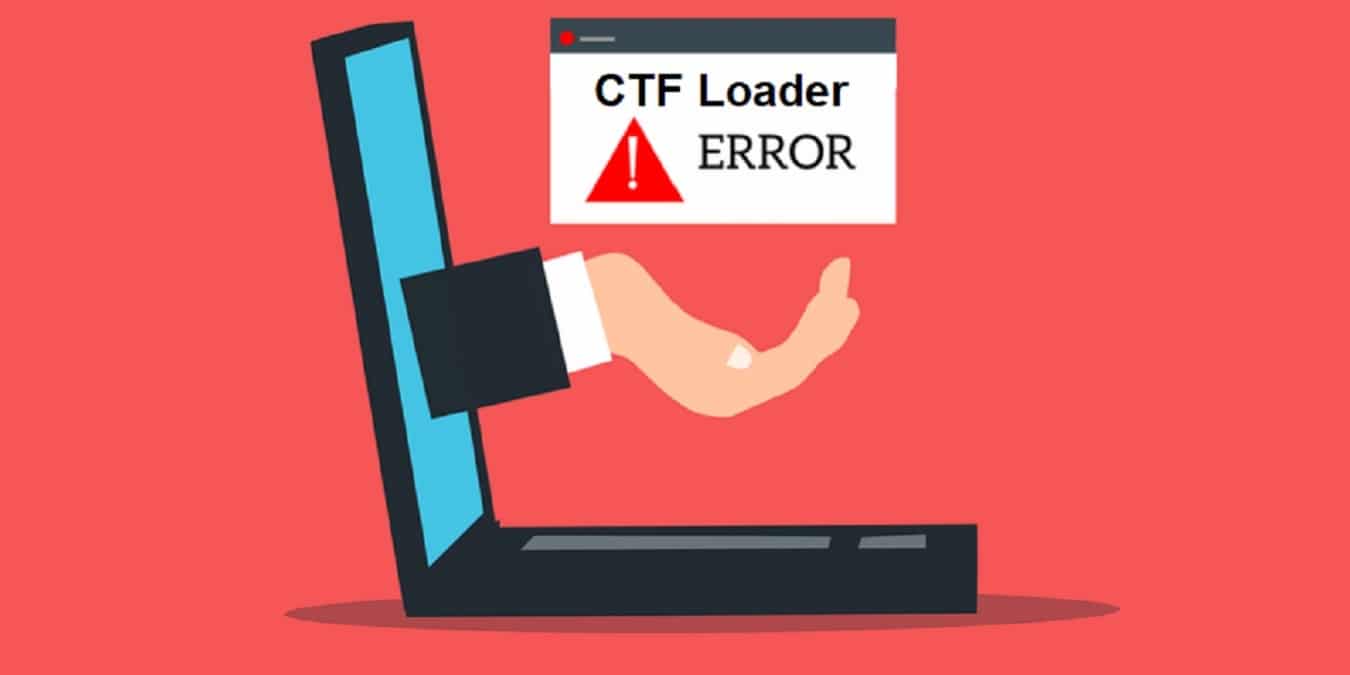CTF Loader is a legitimate Windows process that enables alternative input devices and typing aids, but it can cause high CPU usage and sluggish performance. To fix this issue, users can verify its authenticity, pause or install Windows updates, disable the Text Input Management Service, check for system file corruption, perform a clean boot, or stop CTF Loader from starting altogether using the Task Scheduler.
If you’re a Windows user, you may have encountered a process called CTF Loader that is causing high CPU usage on your system. CTF Loader stands for “Collaborative Translation Framework,” and it is a legitimate Windows process that enables the use of alternative input devices and typing aids, such as handwriting recognition and speech-to-text conversion. However, some users have reported that the CTF Loader process can consume a lot of system resources, resulting in sluggish performance or even system crashes. In this article, we will discuss how to identify the CTF Loader process, determine its authenticity, and fix its high CPU usage.
What Is a CTF Loader?
As mentioned earlier, CTF Loader is a Windows process that enables alternative input devices and typing aids. This process is also known as ctfmon.exe and can be found in the Task Manager’s Process tab. CTF Loader’s primary function is to provide support for Microsoft Office’s language bar, which enables users to switch between different input languages and keyboard layouts. However, CTF Loader can also be used by other programs that utilize alternative input devices, such as touchscreens or styluses.
Possible Fixes for High CPU Usage
Verify the Authenticity of the CTF Loader
- Open the Task Manager using Ctrl + Shift + Esc hotkeys.
- Locate and right-click on CTF Loader.
- Choose Properties from the context menu.
- Copy the path next to Location.
- Open the File Explorer, paste the copied part into the search bar and press Enter.
- Locate and right-click on ctfmon.
- Choose Properties from the context menu.
- In the Properties window, switch to the Details tab.
- Make sure “© Microsoft Corporation. All rights reserved” is written next to Copyright.
Install or Pause Any Windows Updates
- Check for and install any available Windows updates.
- If the issue persists, consider pausing Windows Update.
Disable the Text Input Management Service
- Open the Services app, locate and double-click on Text Input Management Service.
- Click on the drop-down arrow next to Startup type and choose Disabled.
- Click on Apply > OK.
Check for Corruption in Windows’ System Files
- Open Command Prompt as administrator.
- Type sfc /scannow and press Enter.
- Wait for the process to complete.
Also read – Get Your Game Back On Track: Disabling Mouse Acceleration on Windows and MacOS
Perform a Clean Boot
- Open the Run dialog box, type msconfig and press Enter.
- Switch to the Services tab and checkmark the Hide all Microsoft services box.
- Click the Disable all option.
- Head towards the Startup tab and click on Open Task Manager.
- Right-click on all the Startup applications and choose Disable from the context menu.
- Click on Apply > OK.
- Reboot the system to apply the changes.
Stop the CTF Loader From Starting Altogether
- Open the Start Menu, type Task Scheduler and press Enter.
- Double-click on the Task Scheduler Library option to expand it.
- Head towards Microsoft > Windows.
- Locate and double-click on TextServicesFramework.
- Select and right-click on MsCtfMonitor and choose Disable from the context menu.
- Close the Task Scheduler and check whether CTF Loader is still running and consuming high CPU resources.
Bottom Line
CTF Loader is a legitimate Windows process that enables alternative input devices and typing aids, but it can cause high CPU usage and sluggish performance on some systems. Users can follow the steps outlined in this article to identify the CTF Loader process, verify its authenticity, and fix its high CPU usage. By doing so, they can ensure their system runs smoothly and efficiently without any performance issues caused by CTF Loader.




